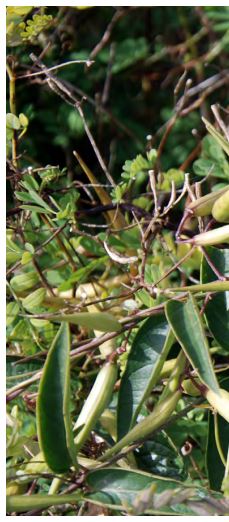7.5 Public Education and Outreach
Engaging landowners and the general public is a key component in the prevention, introduction, spread, and management of invasive plants. Comprehensive outreach and education provides residents with information and tools to take appropriate action against invasive plants on their own property; and can include encouragement to support the work of local stewardship groups and non-profit organizations. Effective communication with residents and the public can be done in a number of ways (e.g. websites, social media, mail-outs, workshops, signage, etc.).
Taking advantage of the City of London’s existing corporate communication strategies to educate and inform London residents of the threats and harms of invasive plant species will be an extremely valuable tool to managing the city-wide invasive plant species issue. In future, it would be an added benefit for the City of London to develop a communication plan solely focused on invasive plants.
An important component of this public awareness is effectively communicating the “before-and-after” appearance of the landscape in areas undergoing large-scale invasive plant species work. This is a useful method of introducing the concept of replanting native vegetation to the site to prevent colonization of invasive plants in recently disturbed environments.
Using the City’s EnviroWorks pamphlets that are currently distributed throughout the year to London residents, updating the City website, utilizing existing social media platforms, and hosting landowner workshops in partnership with local non-profits (like the London Environmental Network) and community groups are all examples of how the City can improve the promotion of invasive species management at a private landowner level.
